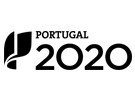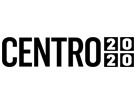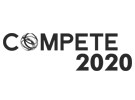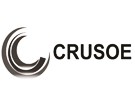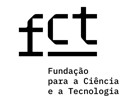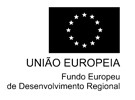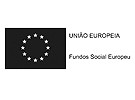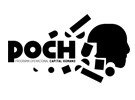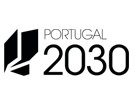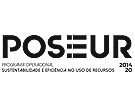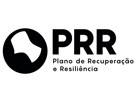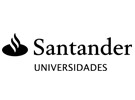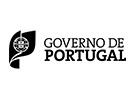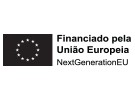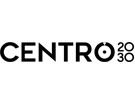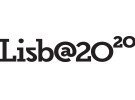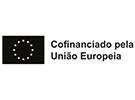


Publication in the Diário da República: Despacho nº 3359/2013 - 01/03/2013
6 ECTS; 3º Ano, 1º Semestre, 60,0 TP + 4,0 OT , Cód. 964452.
Lecturer
- Regina Aparecida Delfino (1)(2)
(1) Docente Responsável
(2) Docente que lecciona
Prerequisites
Not applicable
Objectives
Acquisition and mastery of theoretical and practical knowledge of postpress techniques, materials, equipment and industrial systems. Development of conceptual and operational planning skills in this sector.
Program
1. Postpress: Definition and classification
2. Linear cuttin
2.1. Process characterization
2.2. Cutting with linear guillotine: constitution and description of the operation, cutting problems.
3. Folding
3.1. Characterization of Processes
3.2. Imposition of pages
3.3. Mechanical principle: Bending with knives and folds with bag
3.4. Types of folds
3.5. Types of equipment and accessories.
4. Binding Industrial (terminology and definitions);
5. Anatomy / naming of the book;
6. Binding paperback book with square spine;
7. Sequence of production of paperback:
7.1. Cutting;
7.2. Folding;
7.3. Collating;
7.4. Stitching (wire / line);
7.5. Cover Preparation; Casing-In;
7.6. Cutting;
7.7. Refining: Hot stamping, Colored embossign, Foil embossing, Relief embossing, Brind embossing.
8. Materials
8.1. Taxonomy, definition, composition, technical characteristics, manipulation techniques
8.2. Paper / cardboard, plastic, adhesives (nomenclature, adhesion mechanisms), lamination films
9. Industrial technologies - equipment and industrial systems:
9.1. Guillotines and cutting systems
9.2. Folding machine
9.3. Magazine sewing machine
9.4. Book finishing line, paperback and hardcover
9.5. Machine collate sheet and stitching magazine
9.6. Die cutting. Die Cutting machine
9.7. Refining: plasticizing machine, hot stamping machine etc.
9.8. Gluing machine of and closing boxes
9.9. Service and Maintenance
10. Techniques related to conveting
11. Technical related to stationery
12. Postpress planning - production lines.
Evaluation Methodology
Continuous assessment
1. THEORETICAL CONTENT: 40% (Written test: 32%; Field trip report: 4% and participation in technical seminars: 4%)
2. PRACTICAL ASSIGNMENTS: 60% (In-class individual assignments: 1st assign: 9%, 2nd assign: 12%, 3rd assign: 12%,
Bibliography
- AMBROSE, G. e HARRIS, P. (2008). Impressión y Acabados. Barcelona: Parramón Ediciones
- FALWCET-TANG, R. (2007). Acabados de impressión y edicion de folletos y catálogos. Barcelona: Promopress
- FISHEL, C. (2007). El arte de la produccion creativa. Materiales, encadernació y acabados. Barcelona: Index Book S.L.
- KIPPHAN, H. (2001). Handbook of print media: technologies and production methods. Heidelberg: Springer
- LUNARDELLI, A. e ROSSI, S. (2004). Acabamentos. Sao Paulo: Editora Lunardelli
- MC MURTRIE, D. (1982). O livro. Lisboa: Fundação Caluste Gulbelkian
Teaching Method
Presentation of the theoretical contents with support of audiovisual resources, analysis of different graphical objects. Theoretical and practical classes including exercises for implemention of the concepts taught. Field trips.
Software used in class
Not applicable
